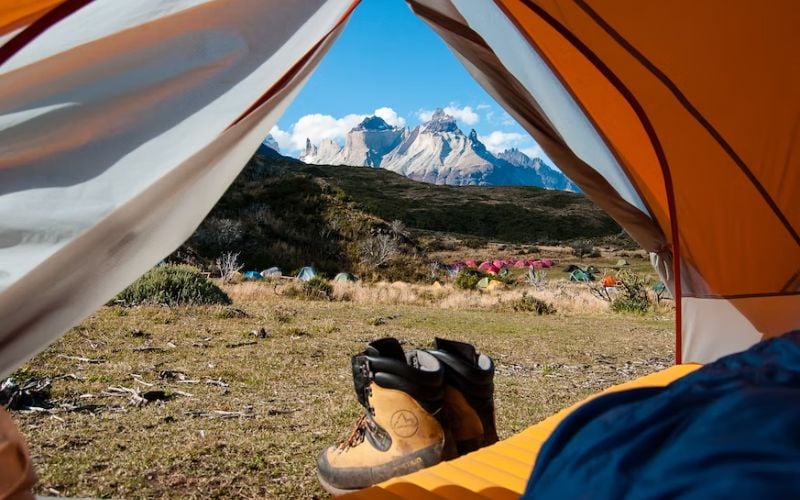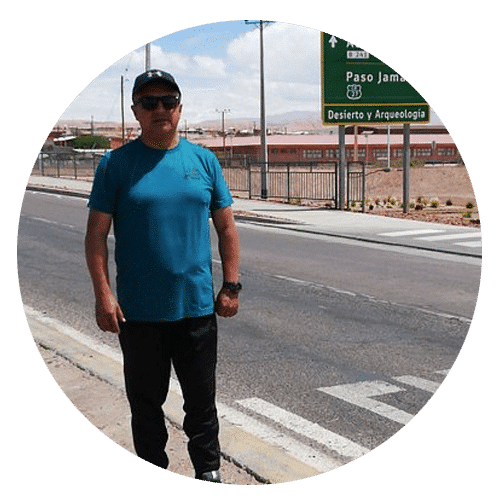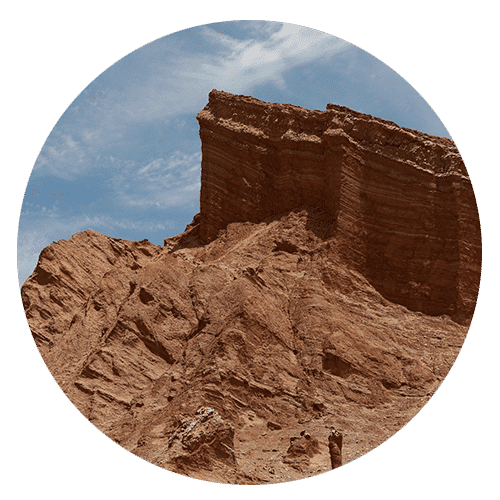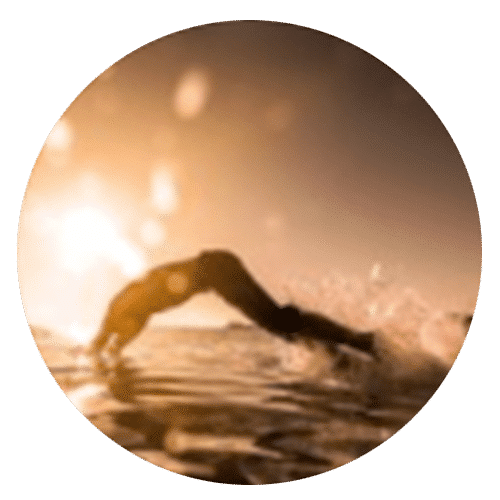


It was really comfortable. Interesting experience. Visiting the Atacama Desert, and its attractions, volcanoes, Geisers. Then the trip to Vi a del March and Valparaiso was amazing. The whole experience would not have been the same without our attentive guides, who were always very attentive and friendly. Sharing your knowledge with us all the time.

Magical moments in breathtaking landscapes. Thank you Tolhuin for this organization, for this circuit, for adapting to our expectations and to our level. Very good contact with Alex. A journey I won't forget.

The trip was very well organized in general with very accurate records and information. The meals provided by the company were tasty and the guide (Alex) had many interesting details. The tour setup worked well, I really recommend it and thanks again to Alex and Lisette for their hospitality. We will be back for sure!

Our philosophy is that we must be only spectators of our wonderful nature around us. We carry out tours that respect not only the environment, but also the people and their culture.
The starting points for each experience are indicated on your booking confirmation. Under no circumstances is transportation to reach this starting point included in our prices.
Like all Outdoor activity, the weather can modify plans! We always try to respect the initial itinerary, but our guides can make decisions that alter the intended route for the safety of our explorers!
We have travel insurance.
Review the type of Seguo Contract HERE
If you are a tourist, the documentation for traveling to Chile is the ID card, ID card or passport. In International Police you must present these documents, in addition to the stamped visa (depending on the country of origin).
Police International provides at the time of entering Chile a duplicate form called “Tourism Card” and lasts 90 days, extendable for another 90 days.
All foreign tourists traveling to Chile by land must enter by customs border crossings between Chile and Argentina, must fill out a unique form for the “Departure and Temporary Admission of Vehicles” (Chilean-Argentine Agreement).
For Argentine tourists the driver’s license granted in their country is valid, but they must have insurance for foreign vehicles entering Chile, which is required by Chilean law for any vehicle with foreign license plates.
There are two companies in Chile that offer insurance and where you can quote the value:
A) If you are travelling with your parents:
B) If you are travelling with only one parent:
C) If the minor does not travel with his/her parents:
Our company follows the recommendations of national health authorities. You can review the protocols HERE




